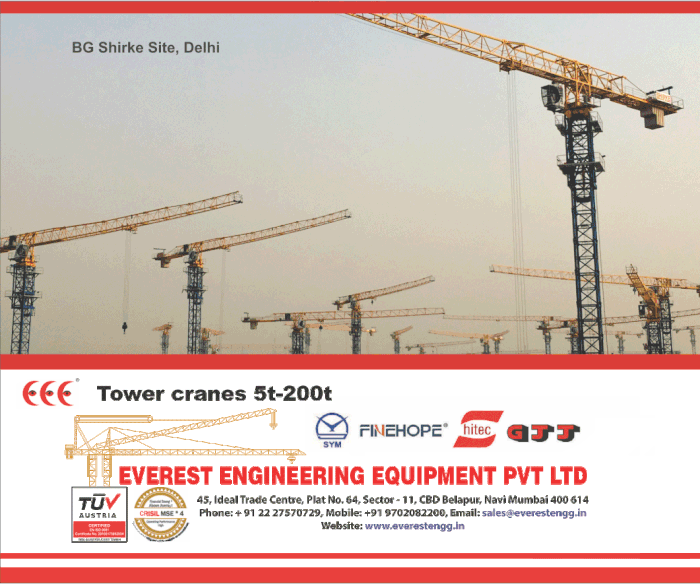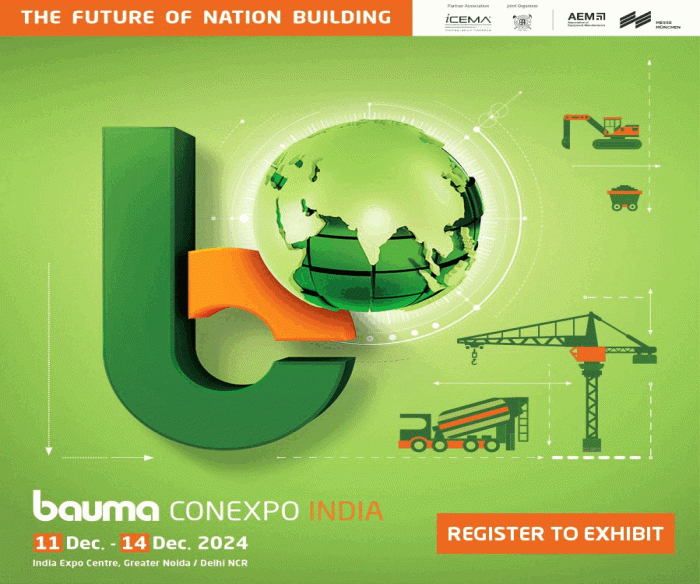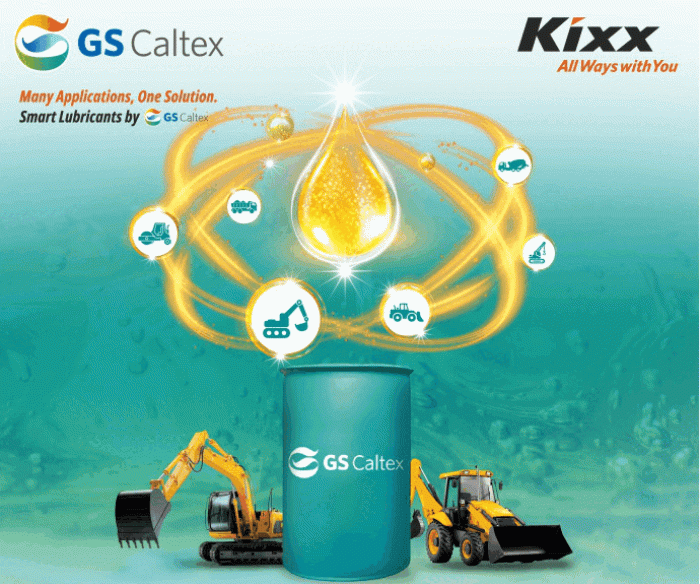Future Is Green
With the turn of the century, the world saw a greater consciousness regarding environmental causes. Thereby, giving rise to greener initiatives in almost all aspects of our everyday lives. It was just a matter of time before it extended to the homes we live in. To be a part of the construction world and not hear about green building technologies is not quite probable for most. It has been all the rage in the cutting edge, state-of-the-art, up and coming new projects in metro cities, making it the next big thing in this field.
Companies that construct green buildings often seek to achieve not just ecological but also aesthetic harmony between a concrete structure and its natural and built environment. The appearance and facade of sustainable buildings can be made to be nearly indistinguishable from their commonplace, less sustainable counterparts.
“Green” in terms of environmentally sound actions or decisions is defined as the voluntary pursuit of an activity that is concerned with environmental management, energy efficiency, renewable energy, water management, waste management and recycling. All green practices always lead to equitable growth, sustainable development and a holistic conservation of the environment.
Benefits of Green Buildings:
The following are the key benefits of Green Buildings:
· Reduction of natural resource consumption
· Health, comfort, and the safety of all residents
· Reduction of operating costs
· Optimised productivity of the occupants
· Energy optimization and reduction of energy consumption
· Better quality indoor air (IAQ or Indoor Air Quality has an enormous impact on the health of the residents)
Green Buildings also encourage companies to benefit from its environment conscious corporate image and helps leave a positive impression on customers, business partners, shareholders and employees.
All over the world, evidence of the fact, that green buildings bring myriad benefits, is growing. They provide some very effective means to achieving a wide range of international goals, such as addressing the very grave issue of climate change, creation of sustainable and thriving communities and increasing economic growth. Emphasizing these advantages and allowing growing evidence for proving them, is one of the many things they do. The advantages of green buildings can be bracketed within three categories: the environmental, the economic, and the social. Here is a range of facts and statistics from various sources that present these following benefits in a more detailed manner:
1. Sustainable Site Design -
· Create the least possible urban sprawl and prevent pointless destruction of valuable land, natural habitat and open space.
· Promote higher density city development as a way to preserve precious green space.
· Preserve important environmental assets through intricate examination of each construction site.
2. Water Quality Conservation -
· Preserve the already existing water cycle and plan and construct the site in a way that it closely emulates the site’s natural hydrological cycle and systems.
· Emphasise on retention and storage of storm water and on-site open ground infiltration along with ground water recharging.
· Reduce the wasteful use of potable water on site while optimising the reuse and recycling of water, including harvesting of rainwater, storm water and grey water.
3. Environment & Energy -
· Reduce unfavourable impact on the environment through optimisation of building site & design, the material selection and efficient use of energy conservation measures.
· Increase the use of renewable energy and other environmentally low impact energy sources.
· Any green building performance must exceed the minimum International Energy Code or IEC compliance level by 30 - 40%.
4. Indoor Environmental Quality
· Provide a comfortable, healthy and productive indoor environment for the residents of the green building.
· Allow the best possible conditions in terms of ventilation, indoor air quality, heat comfort, clear access to natural ventilation and natural day lighting.
5. Materials and Resources
· Lessen the use of non-renewable or unfairly sourced construction materials through effective engineering and construction, streamlined planning and efficient recycling of construction debris.
· Maximize usage of recycled materials, contemporary energy efficient engineered materials and composite type structural systems as well as sustainably sourced biomass materials.
Sufficient technical education background and a thorough understanding of green building practices are required for implementing these fundamental principles, so that a building may be considered a true “green building”.
Green Building Certifying Agencies
There are several certifying agencies that facilitate construction and development companies to apply these principles and thereby get their green certification. Some of the agencies are:
· LEED-India - LEED stands for for ‘Leadership in Energy & Environmental Design’, and is an internationally recognized certification system for green buildings. The LEED-India Rating System of Green Buildings is an international yardstick for the planning, design, building and operation of high-performance green buildings (provided by IGBC).
· IGBC Ratings – The IGBC or Indian Green Building Council is a sector of the Confederation of Indian Industry that works directly with the government and plans at achieving a sustainably built environment. It offers four types of rating for new buildings that stay valid for 3 years: Certified, Silver, Gold and Platinum. They additionally offer the ‘IGBC Green Existing Building O&M Rating System’ for applying sustainable concepts for existing buildings.
· BEE-ECBC – The Energy Conservation Building Code (ECBC)
· TERI GRIHA – Green Rating for Integrated Habitat Assessment (GRIHA) is a national rating system for green buildings that is adopted while designing and evaluating new buildings.
Other than that, there exists a question of the adaptability factor.
Adaptability in India
Despite the unanimous acceptance of the very concept of sustainable living, pervasive adoption of it will take time, taking into account the current volatile growth graph of the real estate sector. However, irrespective of that, it cannot be denied that Green Buildings are the need of the hour. It may seem to be comparatively expensive investment, however, in the long run, the returns are much higher, in contrast to any regular structure. The low cost of operations, decreased energy expense as well as carbon emission loads are a clear positive to such green projects. Therefore, it holds much better prospect in terms of better resale or rental values.
In modern times India is heading towards becoming a more developed country. So to magnify productivity, cost-efficiency and sustainability, it would be essential to opt for an eco-friendly lifestyle to secure a better and brighter future for mankind.
















Leave a comment